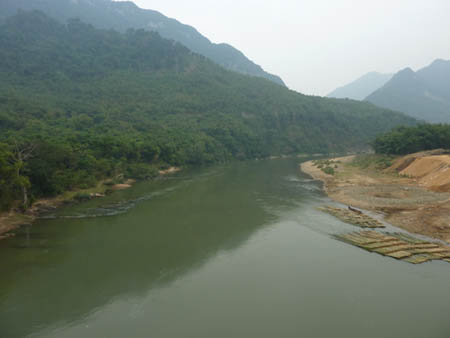Hua Phan Province
Steeped in florid beauty, and separated from surrounding provinces by long, bumpy bus rides, Hua Phan in Laos’ emerald northeast retains a great degree of mystique. It’s so far from Laos’ tourist trail that the few travellers who do explore the region generally come in from Vietnam. But for anyone with a yen for the unspoilt it’s a must. It’s so mountainous that as the roads descend south from Sam Neua, the provincial capital, they curl down into seas of cloud trapped in cleaved valleys. The most inspiring time to visit is after the rains from April to October, when the bucolic bâan (villages) and their vast rice fields are lush.
For much of the last 500 years Hua Phan has been either an independent Thai Neua kingdom or part of an Annamese vassal state known as Ai Lao. It only became a Lao entity under French colonial rule, and the French commissariat at Sam Neua gave the Thai Neua chiefs and village headmen a great deal of autonomy. By the end of the Second Indochina War, all traces of the French presence had been erased.
A fifth of the province’s modest population live in Sam Neua (‘Northern Sam’, a reference to its position towards the northern end of the Nam Sam). Twenty-two ethnic groups make the province their home, predominantly Thai Khao, Thai Daeng, Thai Meuay, Thai Neua, Phu Noi, Hmong, Khamu, Yunnanese and Vietnamese. The Vietnamese influence is very strong here as Sam Neua is closer to (and more accessible from) Hanoi than Vientiane.
As a tourist attraction, the province’s main claim to fame is that Vieng Xai served as the headquarters for the Pathet Lao throughout most of the war years. But the small tourist industry here is finding its feet and planting them firmly in community-based adventures. Textiles in the ‘Sam Neua’ style – of tribal Thai origins – are another drawcard. The best textiles are said to come from the areas around Muang Son and Sop Hao.
Source: lonelyplanet.com

